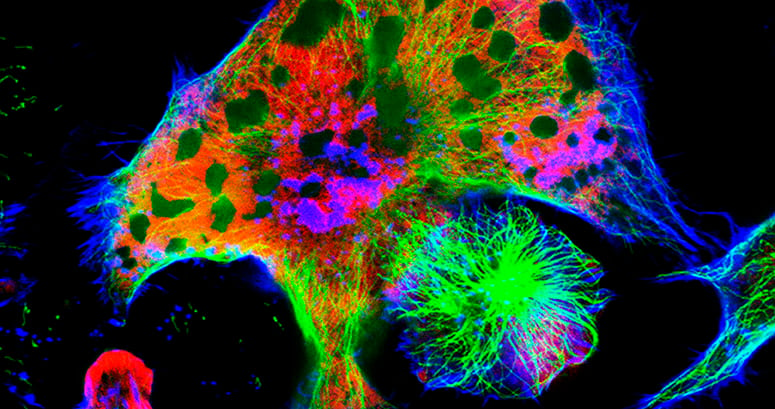
More and more machine vision applications require color imaging in order to achieve better color differentiation and higher productivity. Therefore, the use of color in machine vision applications has increased significantly in the past ten years. This blog explains the importance of color imaging and which applications benefit best from its use.
Increase in the use of color machine vision systems
In addition to machine vision cameras operating only in black and white, there are a growing number of applications where color imaging is both required and can provide significant advantages.
In the last few years, the use and quality of color machine visions systems have increased significantly. This has been accompanied by steady improvements in both the camera technology and the algorithms to support color machine vision applications.
Many applications, such as food, printing, packaging, electronics, semiconductor, and pharmaceutical inspection require color imaging – For these applications, color imaging is necessary to differentiate objects better.
Need help selecting the right color camera for your application?
Download our Tech Guide: Color Imaging, and walk through the steps of selecting the right color imaging camera for your application.
When to use color imaging in machine vision cameras?
As mentioned, several applications can benefit from the use of color imaging in machine vision. Could color imaging be of value to your imaging process? The majority of these color imaging applications fall into three broad categories:
- Color inspection: Color inspection is used to classify defects or check the shape of colored products. Color imaging is proving to be crucial in many types of inspection as it provides additional data that optimizes the inspection process.
- Color sorting: Color sorting is the process used for separating items based on their color. This can be used to classify or categorize similar objects more easily than shape, barcode or other method. It can also be used as a way of grading certain objects. For example, cherries, apples, and other fruits might be sorted by their color as a way of indicating ripeness.
- Color detection and matching: Color detection aims to teach the camera what color it is looking at. For an application to use the data coming from the color machine vision camera, the host computer first needs to connect a color value to each pixel or to a histogram representing an area or blob of pixels. Once the application has assigned a color value, it can compare that against a target color or a range of target color values. This matching process can be used to make sure printed material matches a predefined corporate color, or to make sure that a car’s side view mirror matches the door panel, or for many other applications.
Are you familiar with color imaging in machine vision cameras?
More and more machine vision systems are using color to perform specific inspection tasks. Can you identify 10 machine vision applications where color is critical? Take this short quiz and test your knowledge of color critical machine vision applications.
